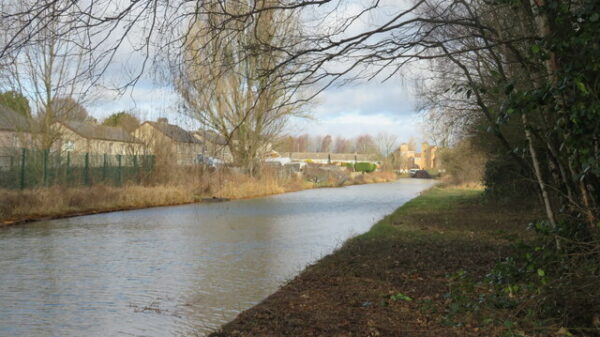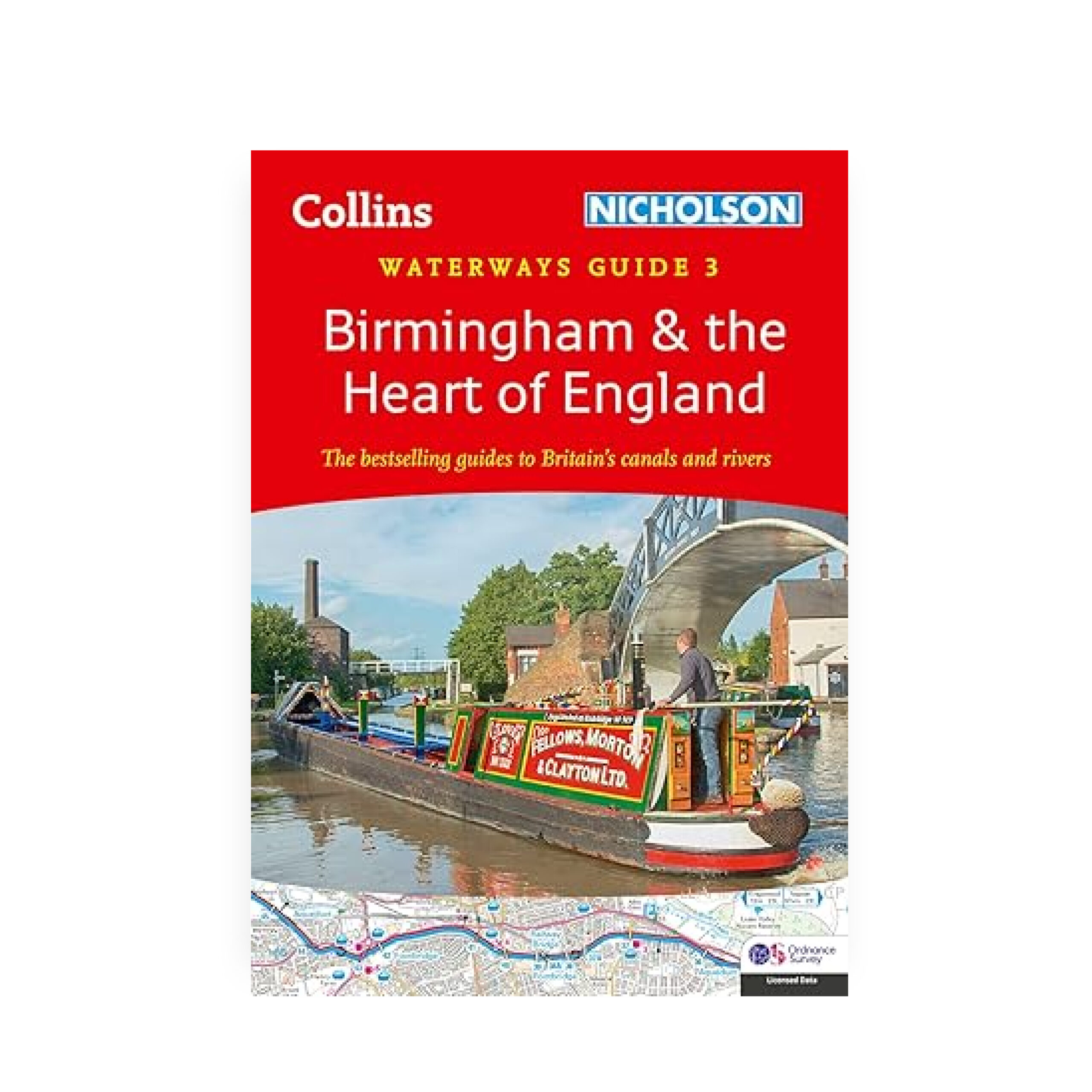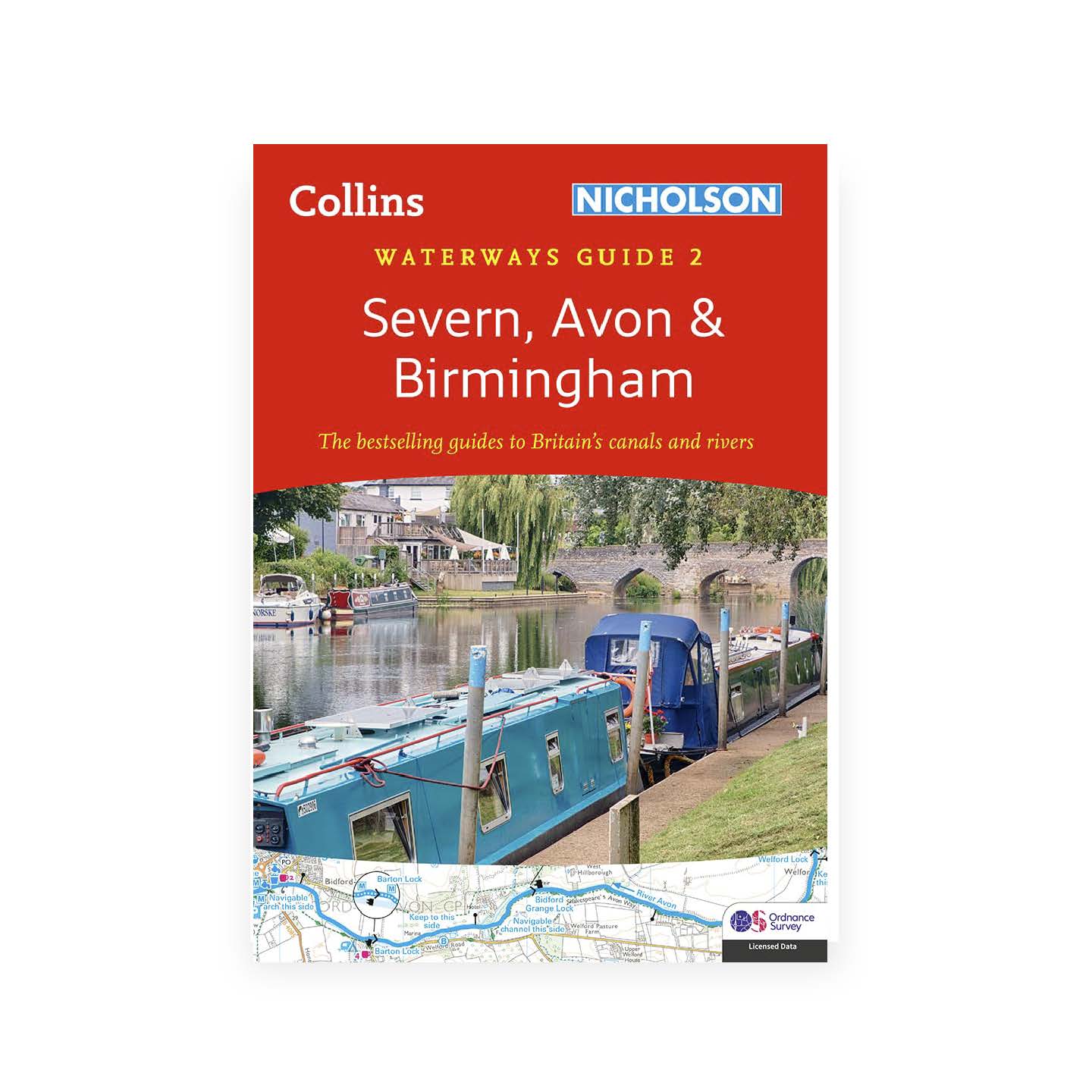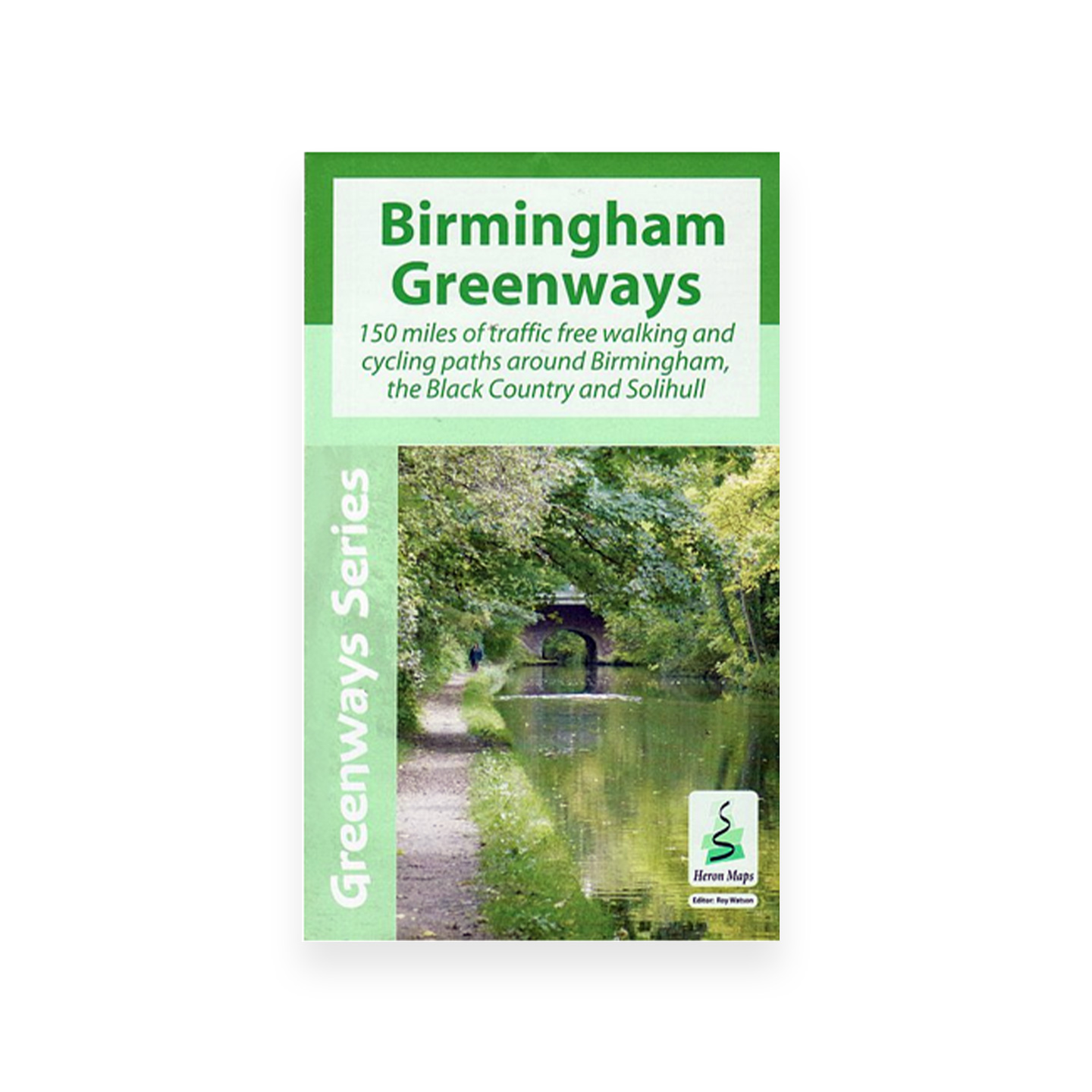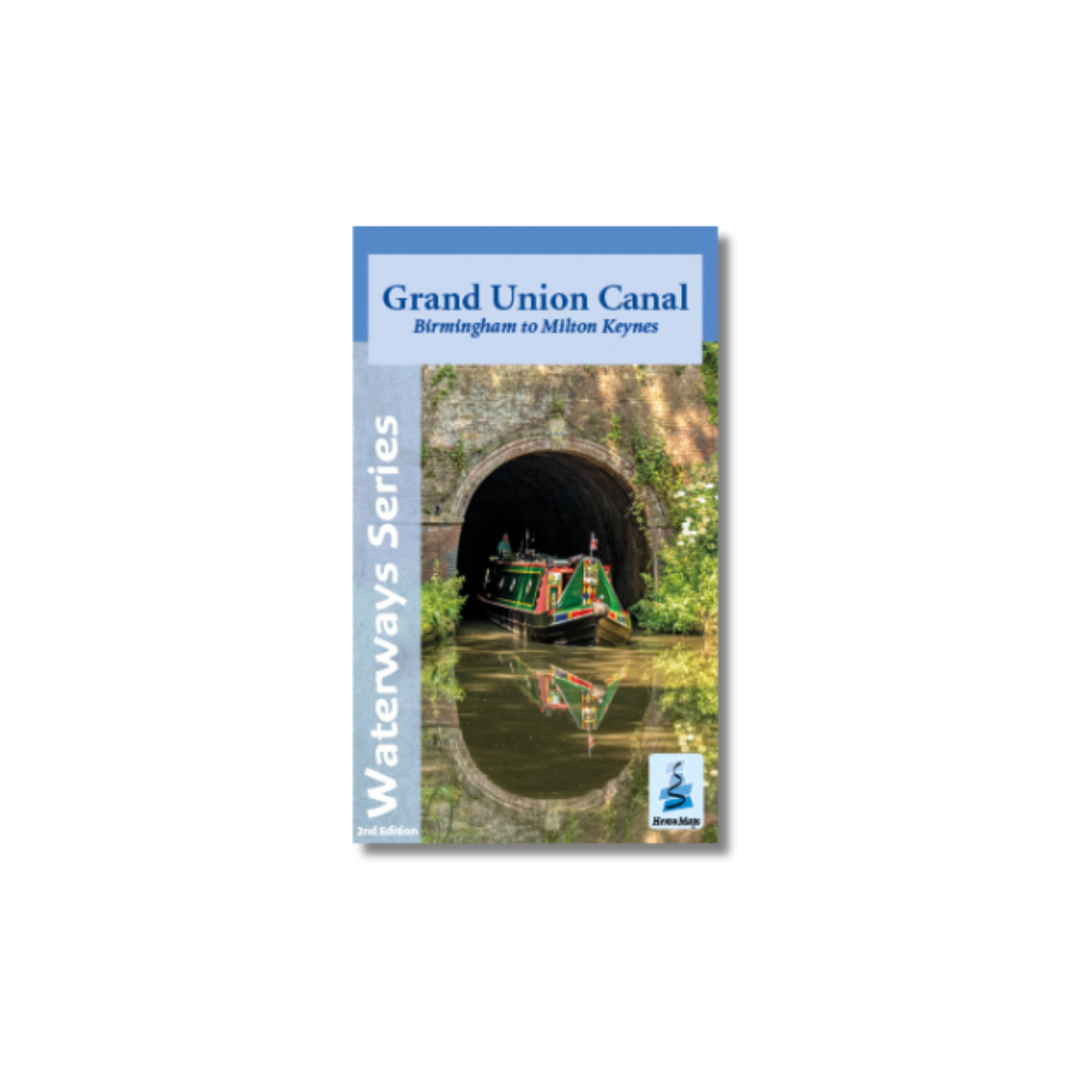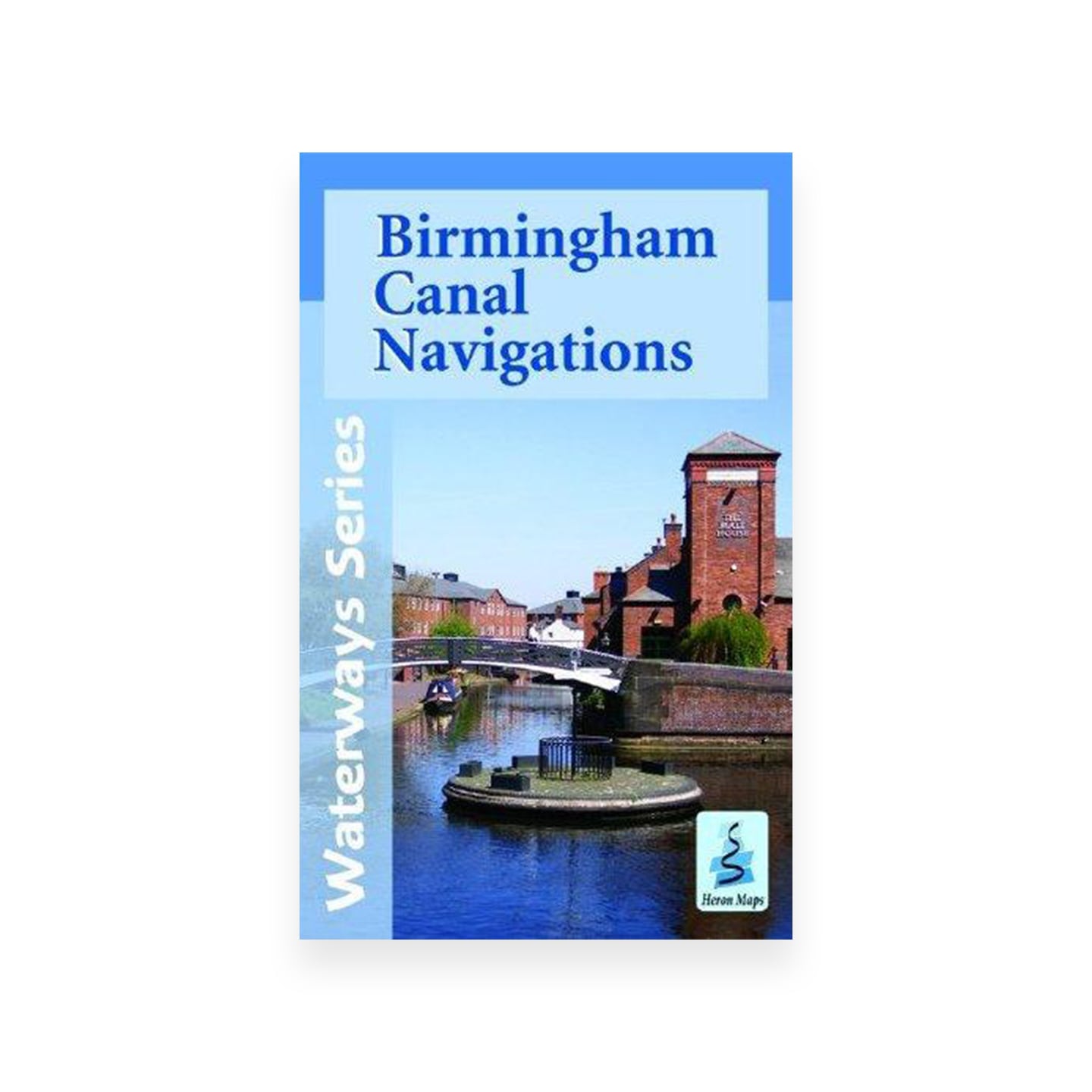From Birmingham to Wolverhampton
Today the Birmingham Canal Main Line cuts a pretty much straight line from Gas Street Basin in the centre of Birmingham to Tipton.
The Birmingham Canal, from Birmingham to Wolverhampton, was completed in 1772 and today forms the ‘Main Line’ of the Birmingham Canal Navigations (BCN), a complex network of waterways at the centre of the English canal system. The canal was built to bring coal supplies into Birmingham and to connect the many growing manufacturers in what became known as the ‘Black Country’ with supplies of raw materials and markets. As the industrial revolution prospered and canal traffic grew, numerous branches, basins and connecting waterways were built, and major improvements to the Birmingham Canal were made by Smeaton in 1790.
Traffic continued to increase and the locks at Smethwick were agreed to be a bottleneck. In 1824 engineer Thomas Telford was consulted and recommended extensive improvements to the canal main line. Starting from Birmingham, by 1827 a new wider and deeper channel with twin towpaths was cut straight across the original winding route, leaving the Ouzells Street Loop, Icknield Port Loop and Soho Loop to serve the extensive works that lined their banks. These still survive, although the following Cape Loop is largely closed and the Soho Foundry loop has all disappeared.
From Smethwick Junction an impressive cutting was excavated up to 70 feet deep to continue the new canal at the Birmingham level through to Bromford Junction at the foot of the Spon Lane locks. By Smethwick Top Lock, Telford built an attractive single-span cast iron aqueduct to carry the Engine Arm canal, and several road bridges which cross the Galton Valley cutting, including the magnificent cast iron Galton Bridge. Near Spon Lane Junction this ‘New Main Line’ canal passes under the more conventional two-arched brick-faced Steward Aqueduct. This aqueduct carries the original route of the canal which became known as the ‘Birmingham Canal Old Main Line’.
Many of the distinctive Horseley Iron Works bridges carrying the towpaths over new junctions were also erected at this time, with some later additions made at the Toll End Works.

